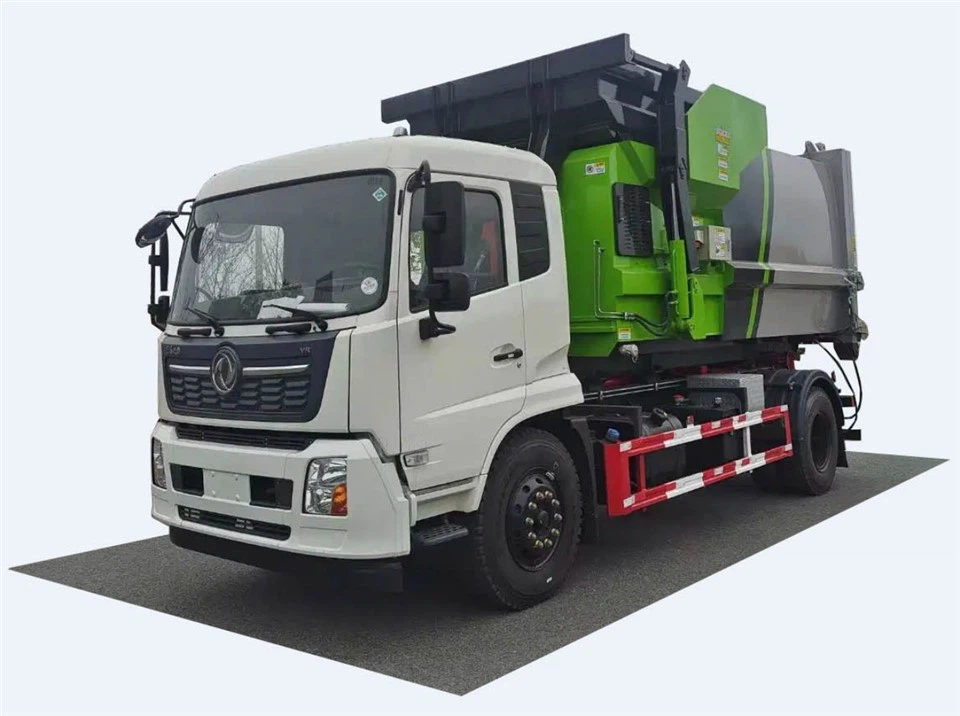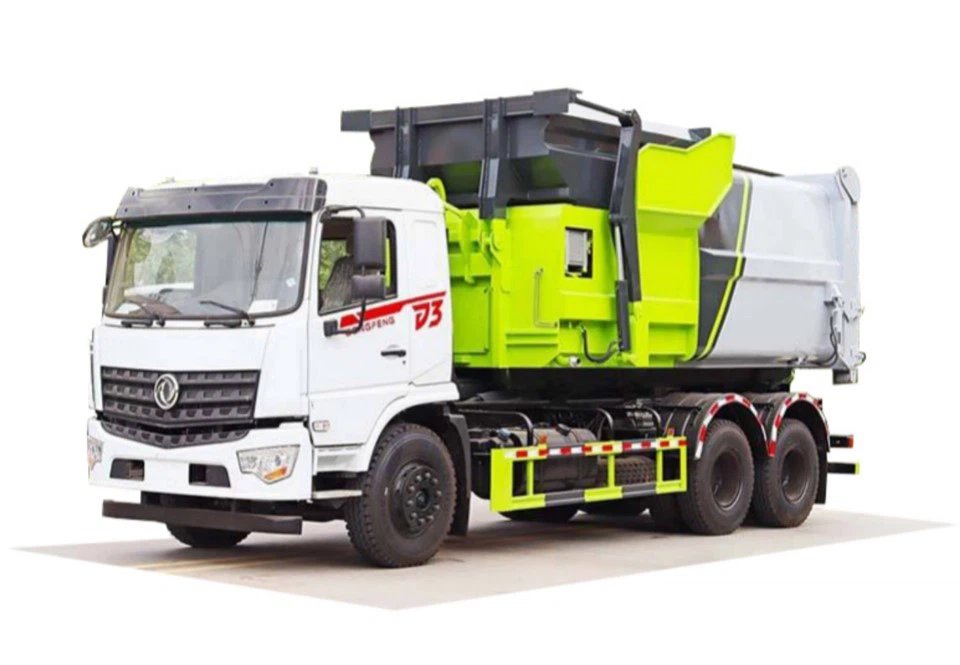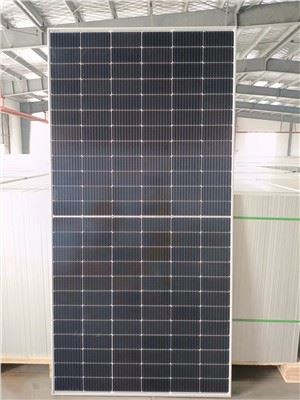Understanding Hook Lifts: A Comprehensive Guide

In the world of waste management and logistics, one piece of equipment has gained increasing attention due to its versatility and efficiency: the hook lift. This article delves into what hook lifts are, how they operate, their various applications, benefits, and much more.
What is a Hook Lift?
A hook lift is a specialized system designed for the transportation of containers. It consists of a vehicle that has a hook mechanism, enabling it to lift and lower containers without the need for a crane. Hook lifts can manage various types of containers, making them ideal for different industries.

How Hook Lifts Work
Hook lifts operate through a simple but effective mechanism. The truck is equipped with a hydraulic lift that utilizes a hook to engage with containers. Here’s the step-by-step breakdown of how it works:
- The operator aligns the hook lift truck with the container.
- The hook is lowered and hooked onto the container’s lifting ring.
- Upon engaging, the operator activates the hydraulic system, which lifts the container off the ground.
- Once the container is lifted, it can be rotated or shifted to provide easy loading or unloading.
Types of Hook Lifts
| Type | Description | Applications |
|---|---|---|
| Standard Hook Lift | The basic version that can transport various containers. | Construction, waste management, and municipal services. |
| Multi-Task Hook Lift | A versatile system that can attach multiple container types. | Recycling, storage, and agriculture. |
| Heavy Duty Hook Lift | Designed to handle heavier loads. | Mining, large construction sites, and industrial waste. |
Benefits of Hook Lifts
Versatility
One of the main advantages of hook lifts is their versatility. They can easily switch between different containers, accommodating various materials and weights, which makes them ideal for multiple industries.
Efficiency
Hook lifts streamline the process of loading and unloading, significantly reducing time and labor costs. With a hook lift, operators can quickly swap containers without needing additional machinery.

Cost-Effective Operation
Investing in a hook lift can lead to substantial savings over time. They minimize the need for cranes and additional equipment for lifting containers, lowering maintenance costs and improving productivity.
Applications of Hook Lifts
Construction Industry
Hook lifts are extensively used in the construction industry for transporting building materials, debris, and portable storage containers. They help maintain a clean job site and ensure materials are efficiently delivered.
Waste Management
In waste management, hook lifts play a critical role by making it easy to maneuver containers for rubbish collection. They can transport different bin types, such as recycling, general waste, or hazardous materials.
Landscaping and Lawn Care
In landscaping, hook lifts are beneficial for transporting soil, mulch, and large landscaping materials. They allow for easy switching between different containers based on the project’s needs.
Choosing the Right Hook Lift
Weight Capacity
The first consideration when selecting a hook lift is its weight capacity. Ensure the hook lift can handle the maximum load you anticipate transporting.
Container Compatibility
Consider the types of containers you plan to use. Ensure the hook lift’s hook is compatible with your containers and that the system can handle their dimensions.
Hydraulic System Quality
The efficiency of a hook lift largely depends on its hydraulic system. Look for units with a good reputation for reliability and performance.
Maintenance Tips for Hook Lifts
Regular Inspections
Conduct regular inspections to detect any wear or damage early. Check the hydraulic system, hooks, and truck for any issues.

Lubrication
Ensure all moving parts are adequately lubricated. This can significantly enhance performance and extend the lifespan of the equipment.
Training Operators
Proper training for operators is essential. They should understand how to operate the hook lift efficiently and safely for optimal performance.
Future of Hook Lifts
Technological Advances
As technology evolves, hook lifts are incorporating more advanced systems, including automation and IoT connectivity. These innovations can potentially improve efficiency and safety.
Sustainability
With increasing environmental concerns, future hook lifts may focus on sustainability. This can include electric models or those designed to minimize emissions.
Common Challenges with Hook Lifts
Training Requirements
One challenge is ensuring that operators receive sufficient training. Improper use can lead to accidents or damage to equipment.
Maintenance Costs
Although they can be cost-effective, periodic maintenance can lead to overhead. It’s essential to budget for these expenses to ensure longevity.
Frequently Asked Questions (FAQ)
1. What types of containers can be used with a hook lift?
Hook lifts can be used with various containers, including waste bins, flatbeds, and specialized containers for specific materials like recycling or landscaping supplies.
2. How much weight can a hook lift handle?
The weight capacity of a hook lift varies based on the model, with many capable of handling loads between 10,000 to 30,000 pounds or more.
3. Are hook lifts safe to operate?
Yes, when properly used and maintained by trained operators, hook lifts are safe. Adhering to safety protocols is crucial to avoid accidents.
4. Can hook lifts be used for emergency response?
Absolutely! Hook lifts are often used in emergency response situations, such as quickly removing debris after natural disasters or accidents.
5. What factors influence hook lift pricing?
Pricing can vary based on the lift’s size, weight capacity, brand, and additional features. Regular maintenance and operational costs should also be considered.
6. How often should a hook lift be serviced?
Regular checks should be conducted at least every six months, but more frequent inspections are advised if the hook lift is used heavily or in rugged conditions.
